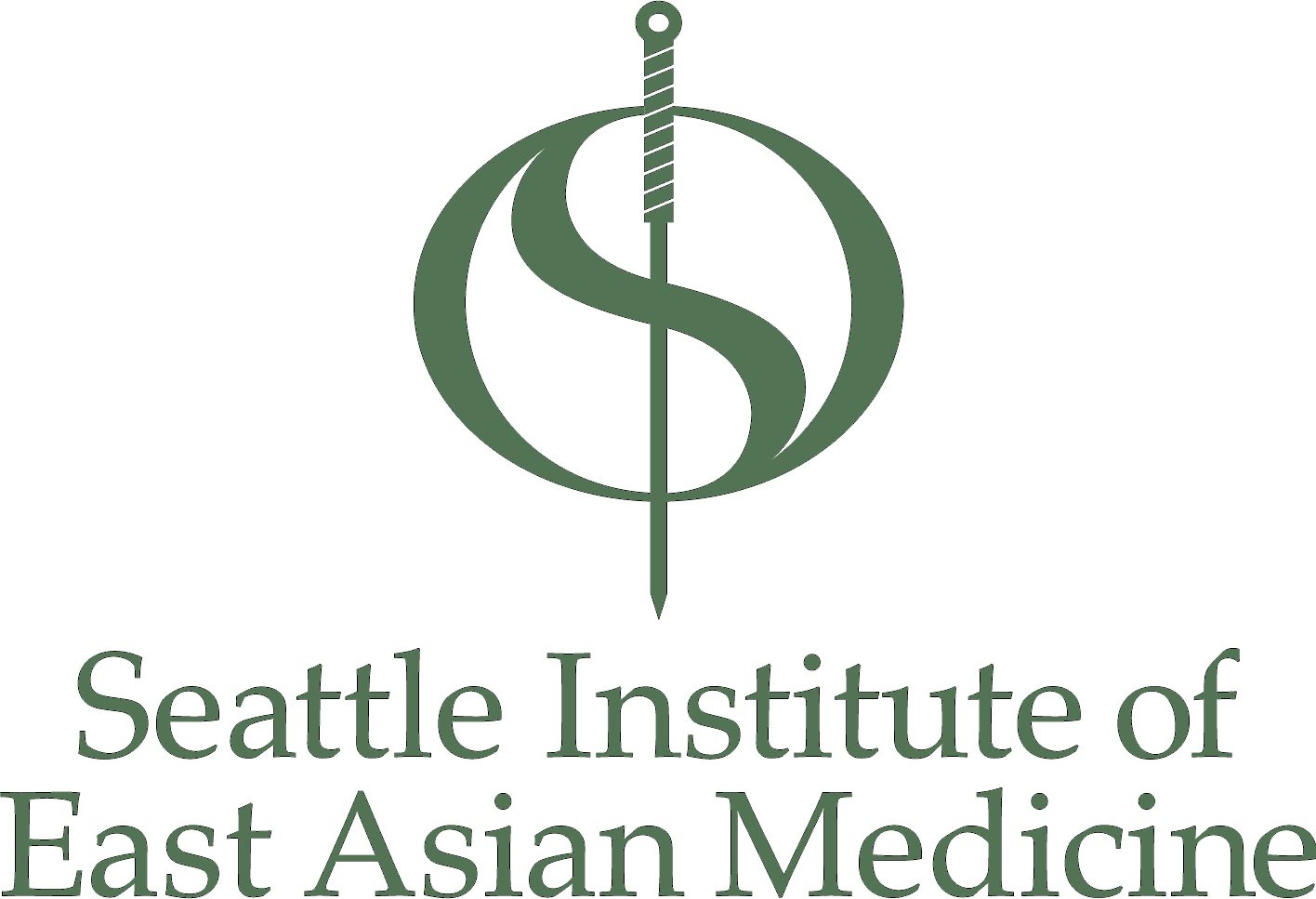Cough according to Chen Shi-Duo of the Qing Dynasty
Our current second- and third-year students translated the following passage from Chen Shi-Dou's (陳士鐸) Records of Pattern Discrimination (辨證錄 ) (1687).
人有骤感风寒,一时咳嗽,鼻塞不通,嗽重痰必先清后浊,畏风畏寒,此风寒入于皮毛,肺经先受之也。
When a person catches a wind cold, then has a cough and a stuffy obstructed nose, the cough will have copious phlegm that is first clear then turbid. There is fear of wind and cold. This is wind and cold entering through skin and bodyhair (superficial tissue) and the Lung channel is the first to receive it.
夫肺之窍通于鼻,肺受风寒之邪,而鼻之窍不通者,阻隔肺金之气也。
The clear orifice of the Lung opens to the nose. When the Lung is affected by a wind cold pathogen, the nose is blocked, and the metal qi of the Lung is blocked.
肺窍既不能通,而人身之火即不能流行于经络,而火乃入于肺,以助风寒之党矣。
The Lung orifices are unable to open and the body's fire cannot spread through the channels and collaterals. The fire then enters the Lungs and assists the wind and cold.
故初起咳嗽,必须先散风寒,而少佐散火之剂,不可重用寒凉以抑其火,亦不可多用燥热以助其邪,用和解之法为最妙,如甘桔汤、小柴胡汤是也。
In the early stage of the cough, we must first dispel wind and cold, and secondarily use a little bit of medicinals to help dispel fire. We should not use large amounts of cooling medicinals to suppress the fire and we should not overuse hot and dry medicinals that would assist the pathogen. Harmonizing is the most clever treatment, with a formula like Gan Jie Tang or Xiao Chai Hu Tang, for example.
然而世人往往以小恙不急治者多矣,久则肺气虚而难愈,则补母、补子之道宜知也。
Too many people fail to treat minor diseases with a sense of urgency. Over time then the Lung qi will become deficient and it will be difficult to treat. At that point, the logic of supplementing the mother and the child is appropriate.
补母者,补其脾胃也;补子者,补其肾水也,似乎宜分两治之法,以治久咳久嗽之症。
Supplementing the mother means supplementing the Spleen and Stomach; supplementing the child means supplementing the Kidney water. It seems like these are two methods suitable for treatment of chronic cough.
而余实有兼治之方,既有利于子母,而复有益于咳嗽,毋论新久之嗽,皆可治之以取效也。
Yet, I actually have used both methods combined to treat, so that it's beneficial to mother and child, and its good for recovery from cough. Regardless of whether the cough is new or old, this treatment gets results.
方用善散汤:麦冬(三钱) 苏叶(二钱) 茯苓(三钱) 玄参(三钱) 甘草(一钱) 黄芩(八分) 天门冬(三钱) 款冬花(五分) 贝母(一钱)水煎服。
The formula used is Shan San Tang: "Effective Dispersing Decoction"
mai [men] dong (3 qian) 9g
[zi] su ye (2 qian) 6g
fu ling (3 qian) 9g
xuan shen (3 qian) 9g
gan cao (1 qian) 3g
huang qin (8 fen) 2.5g
tian men dong (3 qian) 9g
kuan dong hua (5 fen) 1.5g
bei mu (1 qian) 3g
water decoct
此方用麦冬、天门冬以安肺气,用茯苓、甘草以健脾胃之土,用玄参以润肾经之水,用苏叶、款冬花以解散其阴阳之风邪,又加黄芩以清其上焦之火,贝母以消其内膈之痰,斟酌咸宜,调剂皆当,故奏功取胜耳。
This formula uses mai men dong and tian men dong to quiet the Lung qi, use fu ling; gan cao to strengthen the Spleen and Stomach earth; xuan shen to moisten the Kidney channel's water; and zi su ye and kuan dong hua to dissipate the yin and yang wind pathogen. We also add huang qin to clear upper burner fire and bei mu to dispel phlegm within the diaphragm. Consider its suitability, adjust accordingly, and achieve a good effect.
此证亦可用宁嗽丹苏叶 甘草 天花粉 天冬 款冬花(各一钱) 桔梗 生地(各三钱) 麦冬(五钱)水煎服。二剂愈。
This pattern also be treated with Ning Sou Dan (Special Pill to Calm Cough): zi su ye, gan cao, tian hua fen, tian men dong, kuan dong hua (each 1 qian), jie geng and sheng di (each 3 qian) mai men dong (5 qian) water decoct. 2 bags is curative.
人有风寒已散,而痰气未清,仍然咳嗽气逆,牵引腰腹,俯仰不利,人皆谓必须治痰之为亟矣。
When the wind-cold is already dispelled, the phlegm qi has not cleared, and there is still cough and qi counterflow, which affects the low back and abdomen, so that the person is bent over in discomfort, people think that you must urgently treat the phlegm.
然而治痰而痰愈多,嗽愈急、咳愈重者何也? 盖治痰之标,而不治痰之本耳。
However, when they treat the phlegm, it gets even more copious, and the cough becomes more urgent and intense; why is this? It is because treating phlegm is treating the branch symptom and not treating the root of the phlegm.
痰之标在于肺,痰之本在于肾,不治肾而治肺,此痰之所以不能去,而咳嗽之所以不能愈也。
The branch of the phlegm is in the lung, the root of the phlegm is in the Kidney. Treating the Lung without treating the Kidney is why the phlegm never completely goes away, so the coughing cannot be healed.
人生饮食原宜化精而不化痰,惟肾气虚,则胃中饮食所化之津液欲入肾而肾不受,则上泛为痰矣。
When someone eats, what they eat should transform into essence and not into phlegm. If the Kidney qi is deficient, the fluids transformed within the Stomach should enter the Kidney, but the Kidney cannot receive them, so then they flood upwards and become phlegm.
盖因胃中所化之津液无多,不足以济肺之干枯,而心火转来相夺,则津液不能滋肺,反化为痰涎而外越矣。
Because the body fluids produced through Stomach transformation are not enough, they are insufficient to moisten the dryness of the Lung, and Heart fire takes advantage and invades. Fluids cannot nourish the Lung and then turn into phlegm that comes more to exterior.
然则治法,宜大补其肾水,使肾水汪洋,既能制心火之有余,更能济肺金之不足,心火不敢相夺,胃气又复相安,自然津液下润,肾经独受,化精而不化痰矣。
So when treating it, it is suitable to greatly supplement Kidney water to make it boundless. Once you do that, it will control Heart fire's excess, and even more, it can help the Lung metal's deficiency. Then, Heart fire won't attack, Stomach qi will recover, and as a natural result, the body fluids will moisten the lower, the Kidney channel will receive them, and transform them into essence and not into phlegm.
方用:熟地(二两) 麦冬(二两) 甘草(一钱) 柴胡(一钱) 白芍(五钱)水煎服。
The formula to use:
shou di (2 liang)
mai men dong (2 laing)
gan cao (1 qian)
chai hu (1 qian)
bai shao (5 qian)
water decoct.
此方即子母两富汤加味者也。
This formula is called Zi Mu Liang Fu Tang (Decoction to Make the Mother and Child Abundant) with modifications.
以熟地大滋其肾水,以麦冬大安其肺金,加芍药、柴胡、甘草以舒其肝胆之气,使其不来克脾胃之土,则脾胃之气易于升腾,上使救肺,而下可救肾,且邪亦易散,实有鬼神不测之妙也。
The formula contains shou di huang to greatly enrich Kidney water and mai men dong to greatly calm Lung metal. I add shao yao, chai hu, and gan cao to soothe the Liver and Gallbladder qi, so that they do not attack the Spleen and Stomach. Then, the qi of the Spleen and Stomach can easily rise upwards to rescue the Lung, and also go down to rescue the Kidney. In this way, the pathogen can be easily dispersed. It is a very effective strategy.
